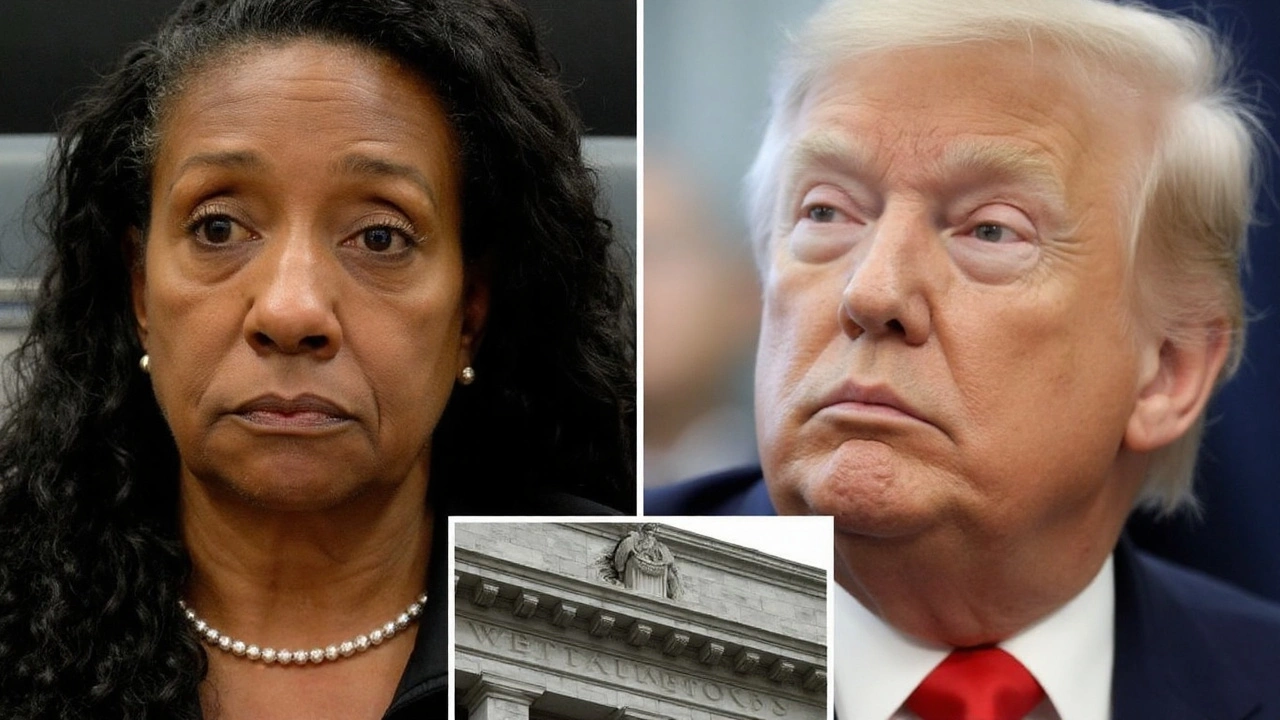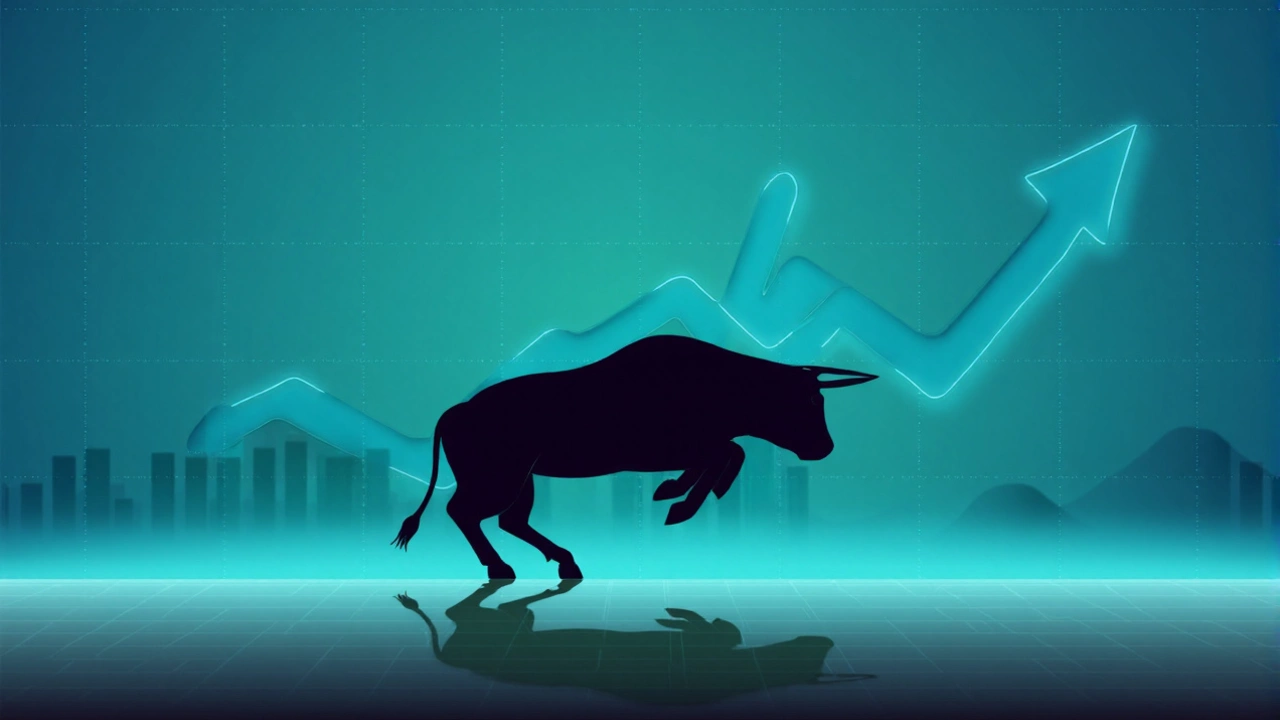Wall Street Whipsawed by Disappointing Jobs Report and Tariff Tension
Things got bumpy for U.S. markets this Monday, as a lackluster July jobs report and shaky trade relations sent stocks on a wild ride. Early in the day, Dow Jones futures slipped by 47 points, signaling investor nerves after new data showed average monthly job growth crawling at 35,000 and unemployment ticking up to 4.2%. The S&P 500 futures also took a 0.17% dip, deepening concern that the economy is losing steam.
But the panic didn’t last. As Wall Street opened, the market did a complete turnaround: the Dow soared 507 points—a solid 1.2% gain—and the Nasdaq leaped ahead by 1.8%. Investors suddenly warmed to the idea that a sluggish economy might finally push the Federal Reserve to cut interest rates at their next meeting in September, giving the market a dose of hope after a pretty rough morning.

Trump’s Shakeup, Fed Fire, and Growing Recession Talk
The surprises didn’t stop with the markets. President Trump added fuel to the fire by firing the chief of the Bureau of Labor Statistics right after the jobs report dropped, blaming him for the bleak numbers. He kept up his attacks on the Federal Reserve too, doubling down on criticism for not slashing rates even as tariffs hit American businesses and inflation sticks around.
It’s not just political drama making headlines. Economists at Moody’s Analytics and JPMorgan are waving big red flags, warning that the U.S. economy could be teetering on the edge of a recession. They point to slipping consumer spending, softer home sales, and declining manufacturing numbers as proof that trouble may be brewing beneath the surface.
Commodities reflected the market’s jitters. Gold prices inched up 0.44%, landing at a hefty $3,414.10 per ounce as investors scrambled for safety. Meanwhile, oil took a hit—U.S. crude fell 0.67% to $66.88 per barrel, and Brent crude dropped 0.72%—after OPEC+ said they’ll pump out more oil, spooking energy traders.
Treasury yields followed suit, drifting lower as investors hunted for safer ground. The standard 10-year note yield fell to 4.19%, just shy of last week’s 4.23%, another signal that nerves are on edge.
And that’s not all that’s setting the mood. Major companies like Caterpillar, Disney, and McDonald’s are set to release earnings this week, along with pharma hubs like Amgen, Pfizer, and Eli Lilly. These reports could offer either reassurance or trigger more market angst, especially as President Trump floats the idea of brand-new drug tariffs that could shake up the sector.
With all eyes now locked on the Federal Reserve’s September meeting, traders are pricing in bigger chances of a rate cut—a move they hope will fight off an economic slowdown. Until then, every data point, tweet, and tariff threat is likely to keep Wall Street on edge. The next few weeks could be a wild ride for anyone watching the Dow Jones and the bigger U.S. economy.


